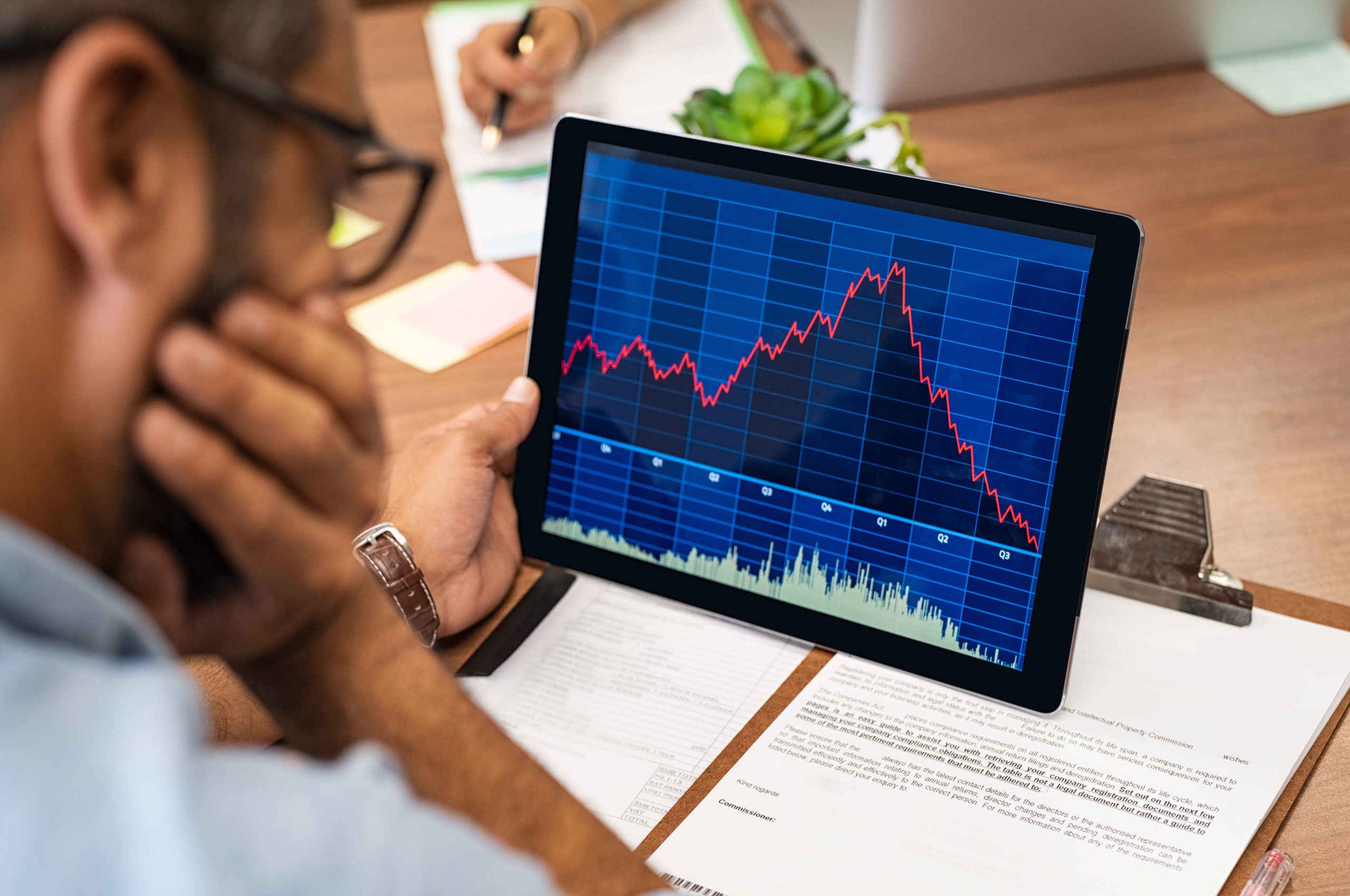Investors can find multiple reasons to be concerned about the current state of U.S. equity markets, including the current season. Summer is historically a poor performing time relative to the November through April period. Additionally, the Federal Reserve is on a consistent path to raising interest rates, and rate hikes traditionally tend to create a drag on stock prices. Couple rising interest rate variability with high inflation and the continued downward grind of growth stocks, and you have a market that continues to remain unpredictable.
Many of us are familiar with weather warnings. For instance, a tornado watch means conditions are ripe for a funnel cloud. On the other hand, a tornado warning means the funnel has been spotted. Unfortunately, we don't receive such clear alerts when it comes to our retirement accounts and the potential dangers. With that said, “potential” watches and warnings don't always foretell disaster.
Understand that weather patterns can change rather quickly, and so do the markets. The two issues discussed below are merely warning signs that things could change abruptly. If we were given an “alert” in today's environment, here are two that would garner consideration.
Alert 1: The big players. When discussing the S&P 500, we must understand what market-capitalization weighting means. To find a company's market capitalization, you take one share of a company's stock multiplied by the number of shares outstanding or owned by investors. There are companies with billions of shares outstanding and others with millions, so basing a company's value on share price alone tells you very little about market capitalization.
Ideally, we would see many individual stocks listed within the S&P 500 posting new highs when the index reaches new levels. However, that hasn't been the case these last few years. When comparing the market-cap-weighted S&P 500 versus the same stocks but equally weighted, we find a vast difference in performance. The equal weight stocks struggle to move the overall market needle, showing that huge companies, like Apple, control the momentum of the current market. Knowing market cap information doesn't guarantee that you can predict the market's movement when big companies struggle; however, knowing how market cap works can shed light on the severity of market volatility when it strikes.
Alert 2: Volatile sectors. The S&P 500 index is comprised of nine sectors representing different parts of the economy. Variance in returns among these nine sectors can be another alert. As this column is being written, the S&P 500 index is down over 17% year-to-date. However, the energy sector alone is up over 45%. Although it is not unusual to see vast differences between the best and worst-performing sectors, according to Adam O'Dell, editor of the Cycle 9 Alert, the relative spread between the two coupled with overall meager returns on the index is another indicator that market volatility could be in the forecast. The defensive sectors – the ones that tend to do the best relatively in times of economic struggles – are also the current outperformers.
With weather and investing, stay alert to changing conditions.


